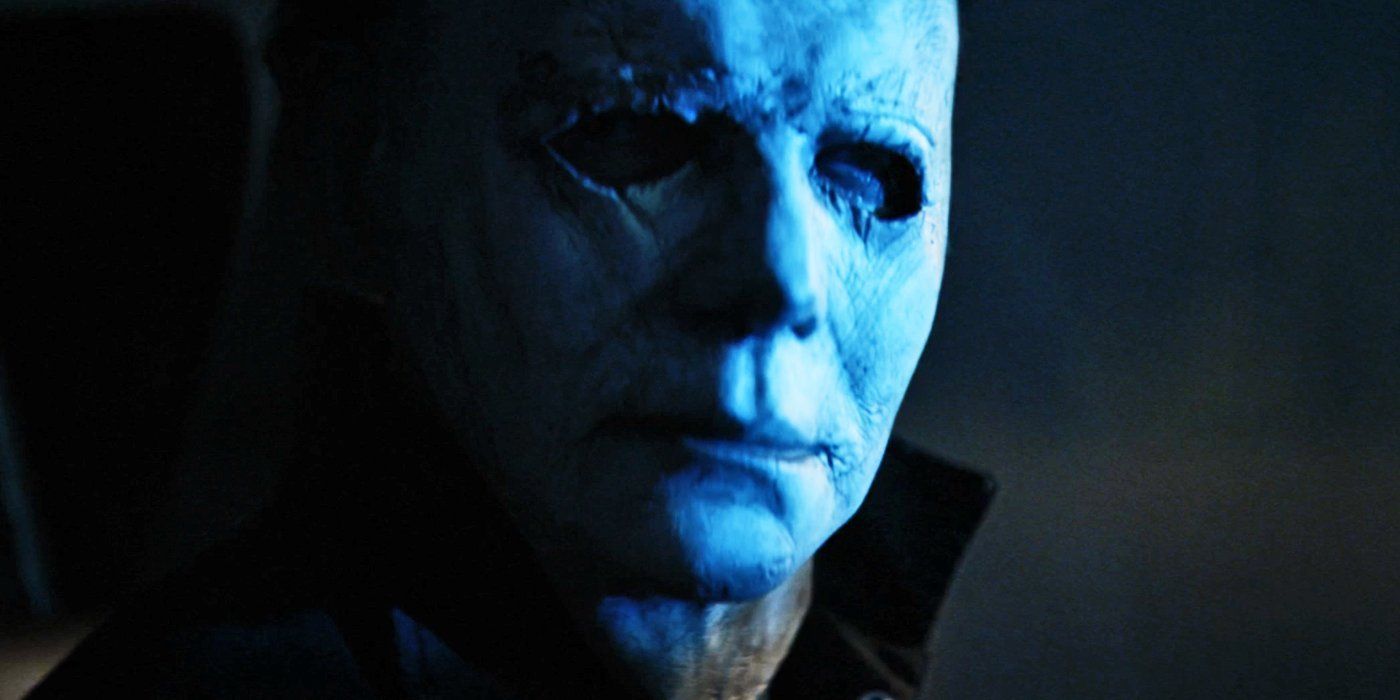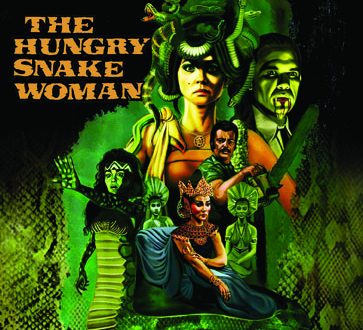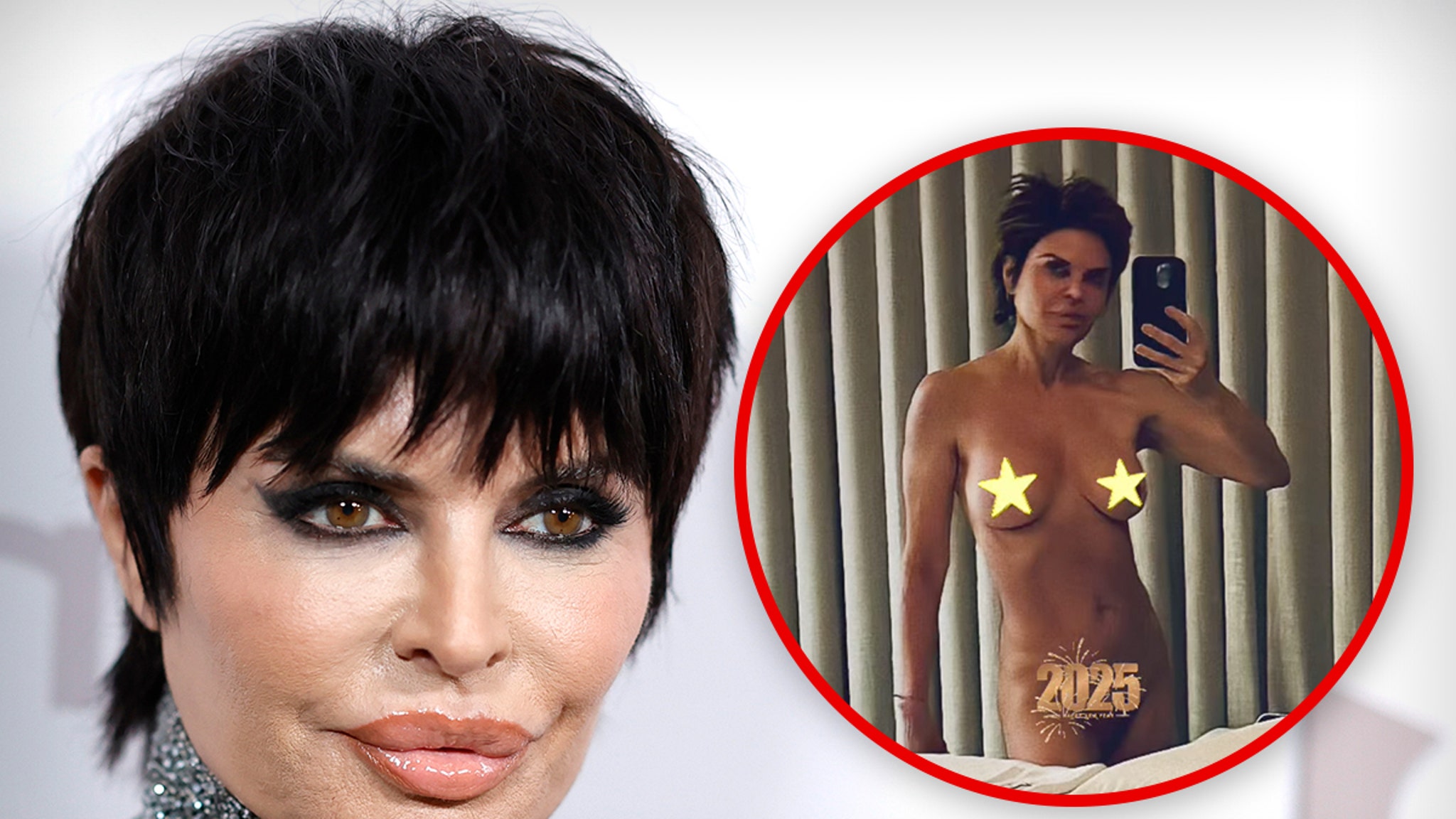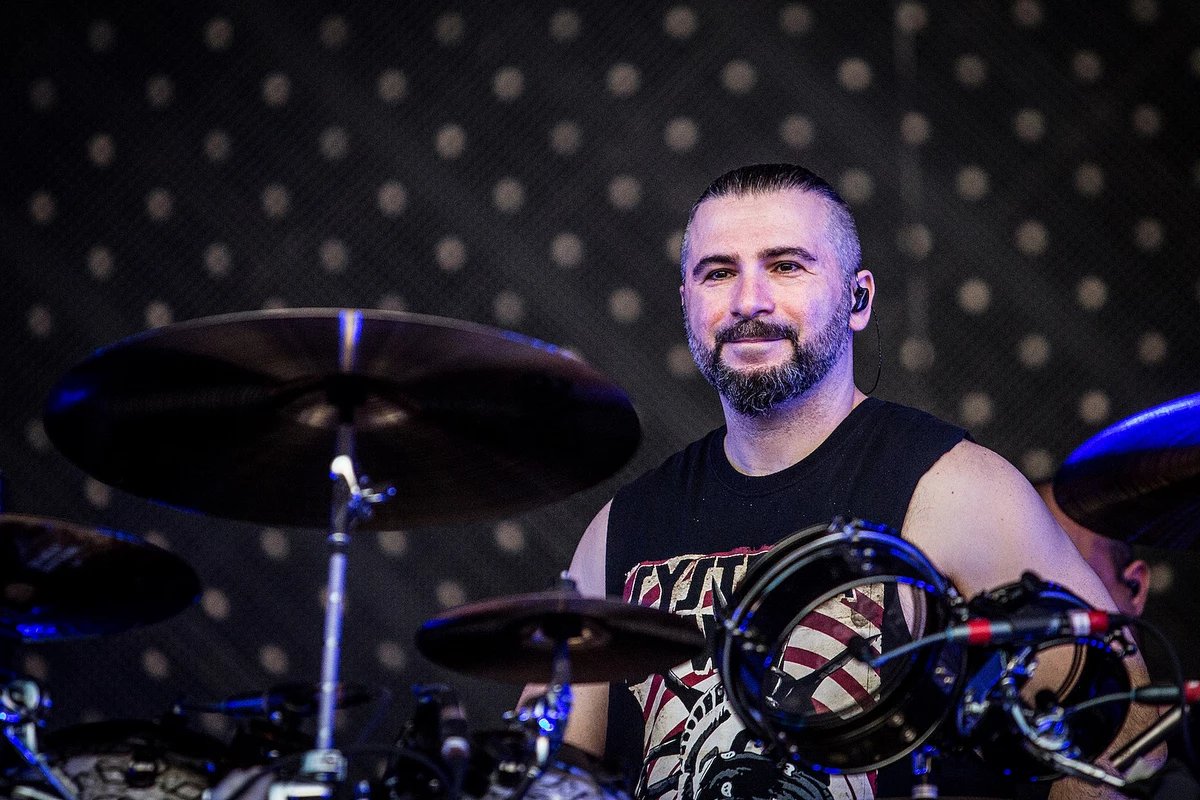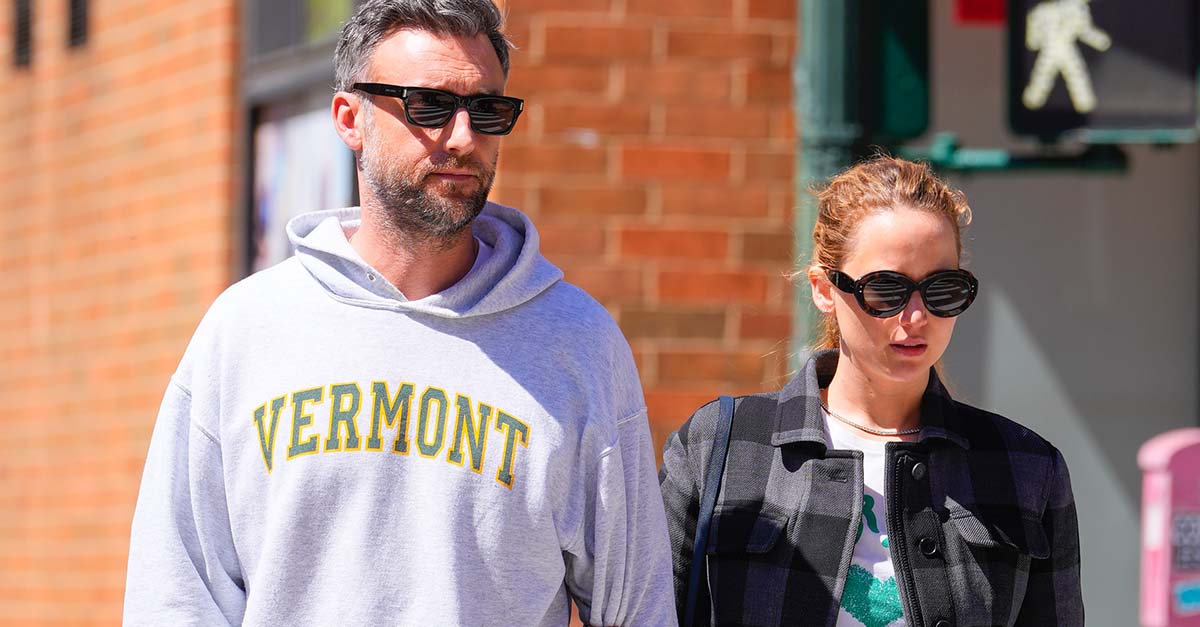Do we really want to know the man behind the mask? Many people will agree that what makes Michael Myers such a menacing figure in horror cinema is the fact that we don’t have a clear picture of why he kills. It is this unknown element that makes him such a dangerous threat. He is someone that appears to kill for the sake of killing.
It is for this reason that many people had mixed feelings about Rob Zombie’s take on the Halloween franchise. This is largely because the ‘Devil’s Rejects’ director attempted to give Michael Myers a backstory explaining why he killed.
Most people are aware that years before the release of Zombie’s ‘Halloween,’ the sixth film in the franchise, ‘Halloween: The Curse of Michael Myers,’ attempted to propose the idea that Myers’ desire to kill was traced back to a curse.

In the film, it is revealed that the “Curse of Thorn” was placed upon Michael by Dr. Wynn, who is a tribal leader of the Thorn Cult.
The film establishes that this Celtic curse was placed upon one child from each tribe and caused the afflicted child to offer the blood sacrifice of their next of kin on the night of Samhain (Halloween) to appease Thorn, a demon who was said to spread sickness and death to thousands of people.
The sacrifice of this one family meant sparing the lives of the entire tribe.
In the film, it is revealed that Thorn is a series of constellations that appear on Halloween night and that whenever it appears, Michael appears. The curse also gives the bearer inhuman strength and immunity from death, which accounts for Michael’s supernatural ability to escape death.
This curse concept only proved to be a confusing and poorly thought-out explanation of Michael’s motivation for killing when one considers the fact that Michael only met Dr. Wynn while at Smith’s Grove after he was sent there for murdering his sister Judith.
The curse angle would be completely abandoned in 1998 when the character of Michael Myers once again resurfaced in ‘Halloween H20: Twenty Years Later,’ and its existence in the series has long since been forgotten.
In Zombie’s version, we are introduced to a ten-year-old Michael Myers but, rather than blaming Michael’s proclivity for murder on a curse, it uses behavioral science to explain why Michael becomes a killer.

Zombie shows Michael growing up in a dysfunctional family setting. In the original ‘Halloween,’ the members of the Myers family play insignificant roles in the story, except for Judith. His parents only appear in the opening scene of the movie when they arrive to find a then catatonic Michael standing in the front yard of the Myers house clutching the knife he has used to kill his sister.
In Zombie’s version, Michael’s mother is a stripper who has an abusive boyfriend who constantly belittles her and ridicules Michael. Judith is still portrayed as a sexually active teen, as it appears this is a key element in every version of the story. Zombie’s decision to give the Myers family more prominent roles in the film is presumably an attempt to establish that Michael’s desire to kill comes from both nature and nurture.
It is also in this new origin story that Zombie shows Michael taking pleasure in torturing small animals, which is often an early warning sign of future serial killers. This is revealed when we get a scene of Michael washing blood off a scalpel which he used to kill his pet rat, and later when it’s discovered that he has a dead cat in his backpack along with photos of dead animals.
Further working to establish that Michael becomes a killer due to the trauma he experienced as a child, Michael then attacks his school bully. While the bully begs for mercy, Michael stands over him and proceeds to beat him to death with a tree branch. This could be Zombie attempting to illustrate that Michael is reciprocating the humiliation and torment he received at the hands of this individual.
This retribution angle of Michael further targeting those he feels have wronged him in life is showcased by the fact that Michael proceeds to kill his mother’s boyfriend, his sister’s boyfriend, and, finally, his sister Judith.
This darker version of Judith’s death has her attempting to flee for her life from Michael as he stalks after her, repeatedly stabbing her as she fights for her life. This vicious act by Michael shows that he takes pleasure in victimizing those he feels have victimized him in his life.
After killing Judith, he goes and cradles a young Laurie Strode. This is another significant change from the original story as, in that story, Laurie wasn’t born till after Michael was sent to Smith’s Grove.
Similar to the original ‘Halloween,’ Michael’s mother arrives home to see the carnage of her murderous son.
The story then focuses on Michael’s time at Smith’s Grove, a factor that was left out of the original film.
Here we start to see Michael’s slow descent into the monster he will become, as he begins to develop his obsession with wearing masks to conceal his identity and hide his “ugliness.” As this fixation with masks grows, the once talkative Michael starts to retreat more and more inside himself, and it’s here that the shape of the monster is formed.
The last shred of humanity inside the young Myers is soon lost forever as he attacks and kills the nurse left in charge of him.
This will become the cornerstone of the character of Michael Myers, where he kills simply for the sake of killing.
This final act causes Michael’s mother to take her own life. Upon hearing the news of his mother’s death, he displays the last expression of humanity he will ever show.
But would it surprise you to know that the origin of why Michael kills was explored prior to Rob Zombie’s explanation? That it was explored even before the sixth installment in the franchise? Years before either was released, Michael’s motives were explored.
Continue reading to learn that neither ‘Halloween: The Curse of Michael Myers’ nor Zombie’s version were the first to attempt to give the murderer a motive.
Following the release of ‘Halloween,’ author Curtis Richards released a novelization of the film in October of 1979. The book itself primarily follows Carpenter’s original story but adds an original prologue that takes place in Northern Ireland on Halloween.
It’s during this prologue that we’re introduced to a character named Enda, a fifteen-year-old male who is obsessed with Deirdre, the tribal king’s daughter, but is afraid to speak with her due to the fact that he was born “deformed.”
One day, Enda attempts to profess his love to her, but she rejects his affections and responds by calling him a monster. Enraged by Deirdre’s rejection, Enda finds himself falling prey to a vengeful Celtic curse that would arise and wreak havoc around the time of Samhain, the druid festival of the dead.
Possessed by the curse, Enda becomes filled with lust and attends the wedding ceremony of Deirdre and Cullain, the man she is betrothed to. It’s at the ceremony that Enda attacks and kills the young lovers with a knife as they are dancing.
For his crimes, Enda is ripped apart by the tribe, with only his head and heart left intact. The tribe then takes Enda’s remains to the summit of the “Hill of Fiends” where cowards and other outcasts are left to rot. A curse is placed over Enda’s soul to roam the earth, forced to relive his deed and punishment till the end of time.
From here, the book travels to the year 1963, where we’re introduced to a six-year-old Michael Myers as he prepares to go out trick-or-treating.
It’s also here where Michael technically speaks for the first time, as the young Myers excitedly shows off his clown costume to his grandmother.
The boy’s grandmother scoffs at the idea of trick-or-treating, telling him that Halloween used to be a time when you were visited by the “boogeyman.” This results in Michael’s mother warning the grandmother that Michael has already been suffering from bad dreams as of late and her stories could only exacerbate the problem.
Along with the dreams, she reveals that Michael has recently been getting into fights at school and with his older sister Judith, as well as the fact that Michael has been hearing voices that have been telling him to say that he “hates people.”
While out trick-or-treating, Michael stops by his own house with a group of kids. His sister Judith answers the door. She initially teases the children, asking them what they were going to do if she didn’t give them any candy, which causes Michael to respond with, “We’re gonna kill you.”
Before she has the opportunity to question her younger brother, her boyfriend arrives, which results in her hastily giving the kids candy and sending them on their way.
It’s during this time that Michael begins to hear the voice that his mother had been mentioning to his grandmother. This prompts him to return home, where he hears Judith and Danny having sex. This causes Michael to become filled with “murderous hatred.”
It’s here that we learn that Michael Myers first heard the voice in his dreams and that, in his dreams, he saw visions of people dressed in animal skins, leather, and armor all dancing around a fire. In the middle of the celebration was a pair of young lovers who looked like Judith and Danny. As he watched this couple, he was filled with a sense of hatred and jealousy. It was at this point in his dream that the voice would command him to “stop the dancing lovers.”
As of late, the voice from his dreams had begun to come to him during the day and had also become more demanding. On this particular night, the voice was the loudest it had ever been as it told Michael, “Go ahead, you know what to do.”
The book then retells the opening sequence of the ‘Halloween’ film, with the young Michael Myers walking into his sister’s bedroom after Danny leaves and stabbing her repeatedly to death. It’s said in the book that, after stabbing Judith, he experienced “joy he had never known.”

Rather than skipping years down the road, the novel cuts to Michael Myers’ trial where the judge reluctantly sentences Michael to Smith’s Grove Sanitarium under the care of Dr. Sam Loomis. There is also a stipulation put in place that if Michael remains there until the age of 21, he would then have to face criminal charges for the murder of his sister.
Six months after being sent to Smith’s Grove, Loomis meets with Judge Christopher, who reveals to Loomis the anguish he has been in since sentencing Michael and wants to see about releasing him.
Loomis reveals to the judge that all of the other patients at the asylum have begun to fear Michael, as anyone who decides to cross him finds themselves the victims of near-fatal accidents. He notes that one child played a harmless prank on him and just a couple of hours later, the child began suffering from severe stomach pain. It was discovered that he had been poisoned. He adds that Michael Myers may be the most dangerous person he has ever handled.
The judge informs Loomis that he can`t keep Michael in custody based on Loomis` hunch that Michael is the one harming these other patients and he informs him that, unless he can prove that Michael is still a threat to society, he intends to release him at their next six-month review.
Following their meeting, incidents continue to occur at Smith’s Grove to anyone who appears to wrong Michael in any way, even if it is just a perceived slight. Loomis, however, is never able to catch Michael in the act.
Desperate to prove that Michael is the one responsible for all the recent incidents within Smith`s Grove, he agrees to the young Myers boy’s request to throw a Halloween party, convinced that this party will be his final chance to catch Michael in the act and prove to Judge Christopher that Michael belongs at Smith`s Grove.
When the date of the party arrives Michael unnervingly dresses as a clown, the same costume he wore the previous Halloween when he killed Judith.
During the party, a sixteen-year-old girl patient beats Michael out for the last chair in a game of musical chairs, setting the stage for this young girl to become Michael`s next target.
The next game, bobbing for apples, would prove to be Michael`s chance to take vengeance upon this girl who offended him. When it is finally her turn, she leans in just as the lights go out.
This prompts Loomis to leap from his chair and run in the pitch darkness to where he thought the vat was. Just as he arrives at the spot, the hospital’s emergency generators kick on and he finds the girl lying face down beside the vat, drenched from the waist up.
Upon surveying the room, Loomis sees Michael roughly ten steps away, smiling. To his dismay, the boy’s costume and hands are completely dry. The party was over. Loomis’ trap had failed.
The date of the review comes and Loomis is faced with the very real possibility that Michael will be set free, until he receives word that, the night before their appointment, Judge Christopher has had a massive coronary and died on the way to the hospital.
Judge Christopher’s successor turns out to be far less sympathetic to Michael Myers and, after reading his case, is convinced that the young Michael Myers is every bit the brutal killer that Loomis claims he is.
After presenting him with a paper describing Michael’s personality and the incidents that have been linked to him at Smith’s Grove, the new judge agrees that Michael shall remain a ward of Smith’s Grove.
The book then jumps fifteen years into the future to the night that Michael Myers finally comes home.
Later in the book, it’s revealed that this same homicidal behavior occurred in Michael’s great grandfather.
On Halloween night in 1898, the same thing that had taken possession of Michael also took possession of his great grandfather. Like Michael, he too was hearing voices that told him to kill and, like Michael, it ended with him murdering a dancing couple that night.
So, now that you’ve heard three different versions of the origins of Michael Myers, which one will you choose to believe?
Do you want to believe that the cursed soul of a jealous lover compelled the young boy to kill his sister in a fit of rage, only to discover that he liked the way it made him feel?
Or do you choose to believe that Michael acts as he does because an ancient Celtic curse that can’t be lifted until every last living relative of the Myers family is dead compels him to kill his family?
Or perhaps, you like the origin story that attempts to use behavioral science to explain why Michael is a killer?
Before you decide, I think it’s important to remind you that what makes Michael Myers such a menacing figure in horror cinema is the fact that we don’t have a clear picture of why he kills.
We don’t need science or the supernatural to explain why he kills. It’s the idea that this monster can’t be reasoned with – that he’s a killer that has no motive other than to kill for the sake of killing – that makes Michael Myers so scary.
Let us know what you think. Do you have a favorite origin story? Or is the mystery of not knowing what compels you to fear the boogeyman?

I have come here to chew bubblegum and write horror, and I’m all out of bubblegum.





































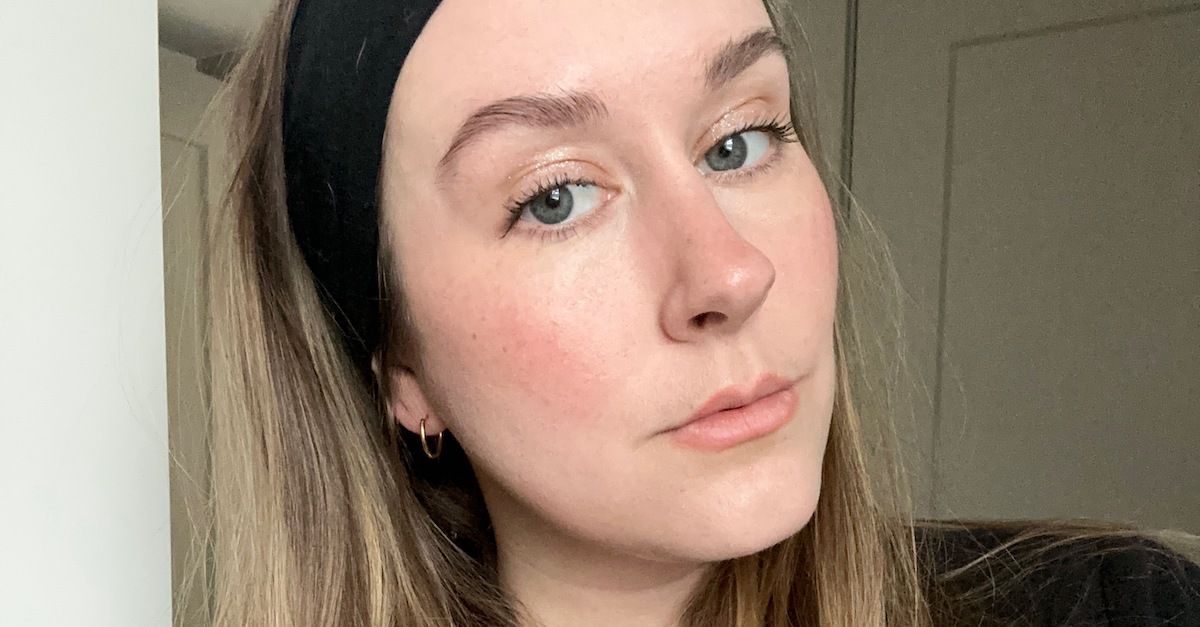




















![Mason Ramsey – Twang [Official Music Video] Mason Ramsey – Twang [Official Music Video]](https://i.ytimg.com/vi/xwe8F_AhLY0/maxresdefault.jpg)





